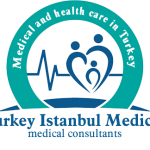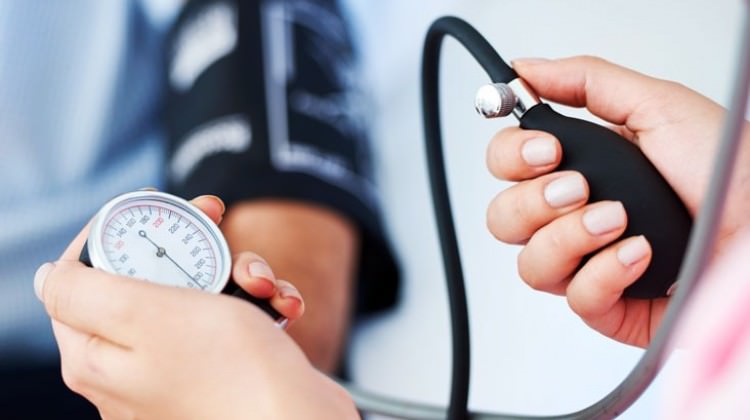What is Blood Pressure?
Ideal blood pressure may vary from person to person. On average, it is considered normal for large blood pressure to be between 120-130 and small blood pressure to be between 70-90. Low values of blood pressure can be considered normal in young people and children..
Normal Blood Pressure Values
In a normal reading, your blood pressure should show an upper number below 90 to 120 (systolic pressure) and a lower number than 60 to 80 (diastolic pressure). Blood pressure is considered when both the systolic and diastolic numbers are within this range.
Blood pressure values are expressed in millimeters of mercury.
This unit is abbreviated to mm Hg.
A normal reading would be any blood pressure below 120/80 mm Hg and above 90/60 mm Hg in an adult.
High-Low Blood Pressure Values
- Condition / Large – Small Blood pressure
- Blood pressure is low If less than 90 If less than 60
- Ideal blood pressure 120 80
- Healthy blood pressure is less than 140 If less than 90
- If high blood pressure is between 140 and 160, if it is between 90 and 100
- Very high blood pressure greater than 160 If greater than 100
What Causes Hypertension?
- Excessive salt consumption
- Stress
- Obesity
- Cardiovascular diseases
- Kidney diseases
- Genetic factors
- Thyroid diseases
- Diseases of the adrenal gland
- Diabetes
The aforementioned causes are the most common causes of hypertension but cannot be found in most hypertensive patients. These are called essential hypertension.
Symptoms of High Blood Pressure
- Headache from the neck to the forehead
- Ear humming and tinnitus
- Dizziness
- Nose bleeding
- Palpitations
- Sweating
- Frequent urination
Symptoms of Low Blood Pressure
- Dizziness
- Blurred vision
- Cold, moist, pale skin
- Fast breathing
- Rapid heartbeat
- Fatigue, fatigue
- Nausea
- Strain in concentration
- Mind blur
- Fainting
Blood Pressure Rise During Pregnancy
Hypertension also causes preeclampsia during pregnancy. Therefore, in the case of high blood pressure symptoms should be consulted without delay.
Hypertension is always an important health problem, but it can cause more serious problems when seen during pregnancy. Hypertension, which will bring different problems together, is the source of the condition called preeclampsia. If you experience high blood pressure during pregnancy, you should be under constant control.
Which Prospective Mothers are at Risk for Preeclampsia?
- People with a history of hypertension before pregnancy,
- Those with the first pregnancy,
- Preeclampsia is a previous pregnancy,
- Pregnant women over the age of 35,
- People who have multiple pregnancies,
- Overweight,
- Those who lose protein from urine due to diabetes or kidney disease.
Findings of Preeclampsia
- Severe headache
- Quick weight gain
- Swelling of hands and face
- Vision disorders
Eye Pressure
The medical name of the condition, commonly known as eye pressure, is glaucoma. Glaucoma is the damage of the optic nerve as a result of occasional high eye pressure.
The patient’s vision decreases gradually. Glaucoma is more common in people over the age of 40 and maybe genetic. The risk is higher in myopia. The risk of glaucoma is increased in patients with diabetes and hypothyroidism, long-term cortisone users and those with eye injuries.

